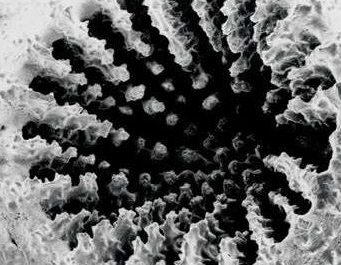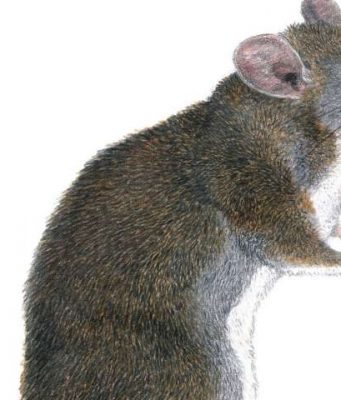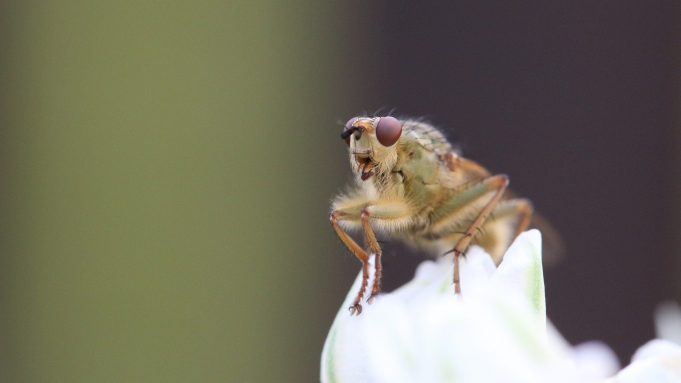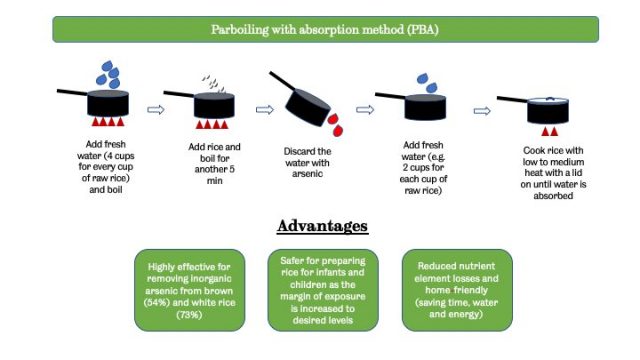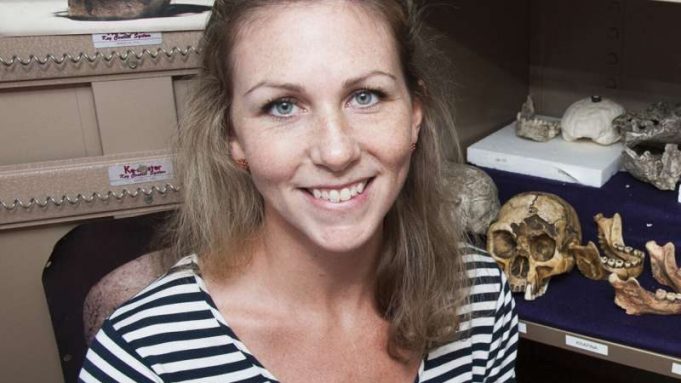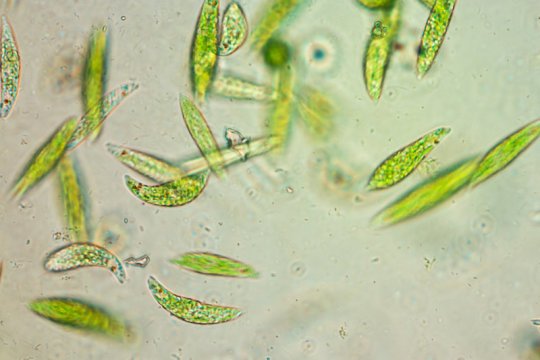Are our personalities and behaviors shaped more by our genes or our circumstances? While this age-old "nature vs. nurture" question continues to confound us and fuel debates, a growing body of evidence from research conducted over recent decades suggests...
Ants use their numbers to overcome navigational challenges that are too large and disorienting to be tackled by any single individual, reports a new study in the open-access journal eLife.
The results demonstrate the potential advantages of group living and collective...
New studies by two research teams published today in the journals Nature Ecology and Evolution and Current Biology challenge decades of accepted scientific opinion concerning the evolutionary relationships of tree sloths and their extinct kin. The research teams used different molecular tools—the protein...
Associate Professor Greg Neely and his team of pain researchers in the Charles Perkins Centre have found compelling evidence that insects feel persistent pain after injury.
Scientists have known insects experience something like pain since 2003, but new research published today from...
Cooking rice in a certain way removes over 50 percent of the naturally occurring arsenic in brown rice, and 74 percent in white rice, according to new research.
A new paper, released today in Science of the Total Environment shows that cooking...
Wolves are charismatic, conspicuous, and easy to single out as the top predator affecting populations of elk, deer, and other prey animals. However, a new study has found that the secretive cougar is actually the main predator influencing the...
A team of University of Copenhagen researchers has compiled the first and only evidence that narwhals and beluga whales can breed successfully. DNA and stable isotope analysis of an anomalous skull from the Natural History Museum of Denmark has...
Replenishing venom takes time and energy—so it pays to be stingy with stings.
According to researchers at the Australian National Institute of Tropical Health and Medicine, scorpions adapt their bodies, their behavior and even the composition of their venom, for efficient control of prey and...
New research publishing June 18 in the open-access journal, PLOS Biology, led by Dr Lucy Taylor from the University of Oxford's Department of Zoology now reveals that homing pigeons fit in one extra wingbeat per second when flying in pairs...
As a researcher and teacher, Holly Dunsworth enjoys poking holes in misconceptions about human evolution her students bring into the classroom.
This time, Dunsworth is targeting a recurring popular evolutionary analogy that compares human races with dog breeds, one that may sound innocent...
Scientists at The University of Queensland have upended biologists' century-old understanding of the evolutionary history of animals.
Using new technology to investigate how multi-celled animals developed, their findings revealed a surprising truth.
Professor Bernie Degnan said the results contradicted years of...



